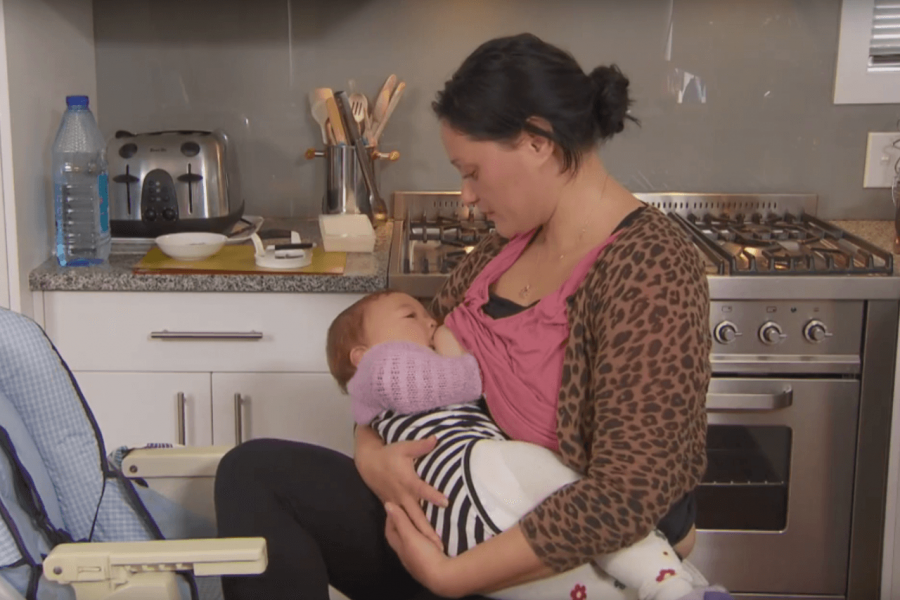Breastfeeding
Find out about preparing to breastfeed, the health benefits of breastfeeding, your baby's first feed and the hunger cues your pēpi may display. Each link takes you to a page beginning with a short video followed by key messages. You can select from 9 languages at the top of each page.
